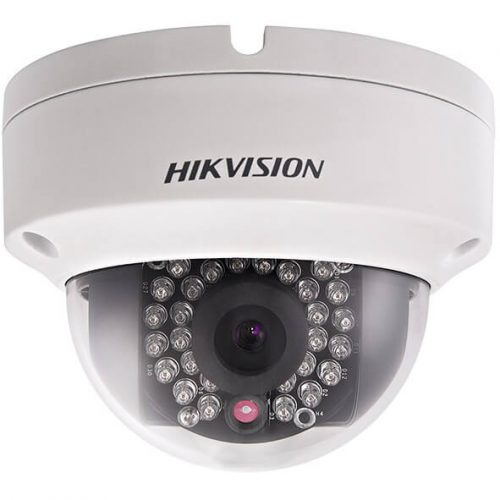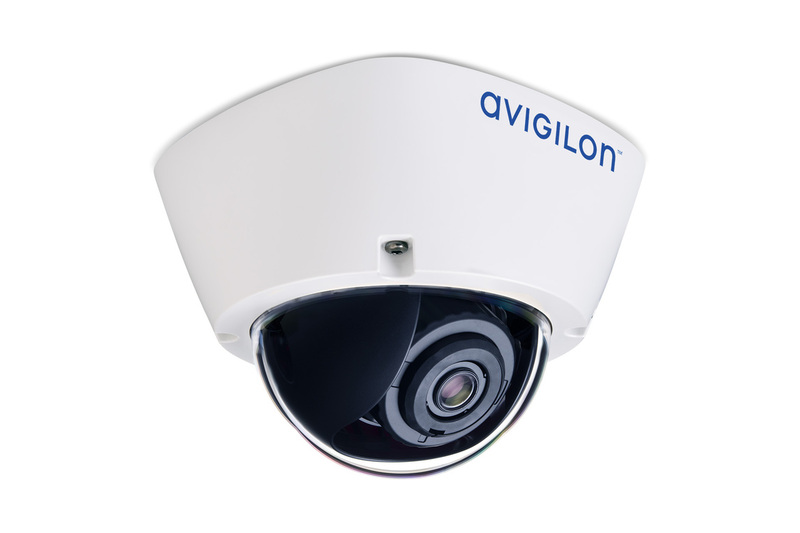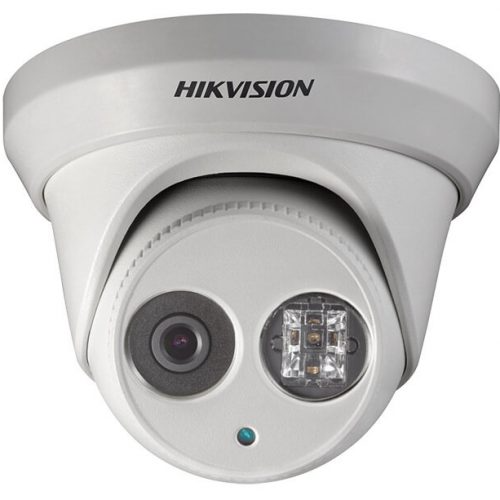Dome Cameras: An Overview
This is a guide on Dome and Bullet Cameras. Dome cameras are a popular choice for indoor and outdoor surveillance, named for their dome-shaped housing. The housing is designed to obscure the camera’s direction, making it difficult for onlookers to determine where the camera is pointing. This characteristic can be quite valuable in deterring potential criminal activity since it’s challenging to avoid being captured by the camera if you can’t see which way it’s pointing.
Design and Aesthetics
The design of dome cameras is one of their most notable features. They are often more subtle and can blend more easily into their surroundings, particularly when used indoors. The dome shape is not just for aesthetics; it also serves a practical purpose. It protects the camera from vandalism and tampering, as the dome is typically made from a robust, tamper-resistant material.
Installation Flexibility
Dome cameras offer considerable flexibility in terms of installation. They can be mounted on ceilings or walls and are suited to both indoor and outdoor environments. This versatility means that they can be used in a range of settings, from offices and stores to outdoor areas such as parking lots.
Angle of View and Rotation
Another advantage of dome cameras is their ability to cover a wide angle of view. Many models come with varifocal lenses, which allow the field of view to be adjusted manually or automatically. Some dome cameras also offer pan-tilt-zoom (PTZ) capabilities, enabling operators to remotely control the camera’s movement and focus, providing comprehensive coverage of the area being monitored.
Bullet Cameras: An Overview
Bullet cameras are named for their long, cylindrical shape that resembles a bullet. They are primarily used for outdoor environments and are typically mounted on walls. The shape of bullet cameras makes them quite conspicuous, which can act as a visual deterrent to potential intruders.
Design and Intended Use
The design of bullet cameras is utilitarian, with a focus on functionality. They often come equipped with a protective sun shield to reduce glare and exposure to the elements. This makes them well-suited to outdoor settings where lighting conditions and weather can vary significantly.
Installation and Directional Visibility
While bullet cameras are somewhat less versatile in terms of installation compared to dome cameras, they are generally easier to install. Their mounting brackets often allow for quick installation and angle adjustments. The direction in which bullet cameras are pointing is readily apparent, which might be advantageous in situations where visible surveillance is desired to deter criminal activity.
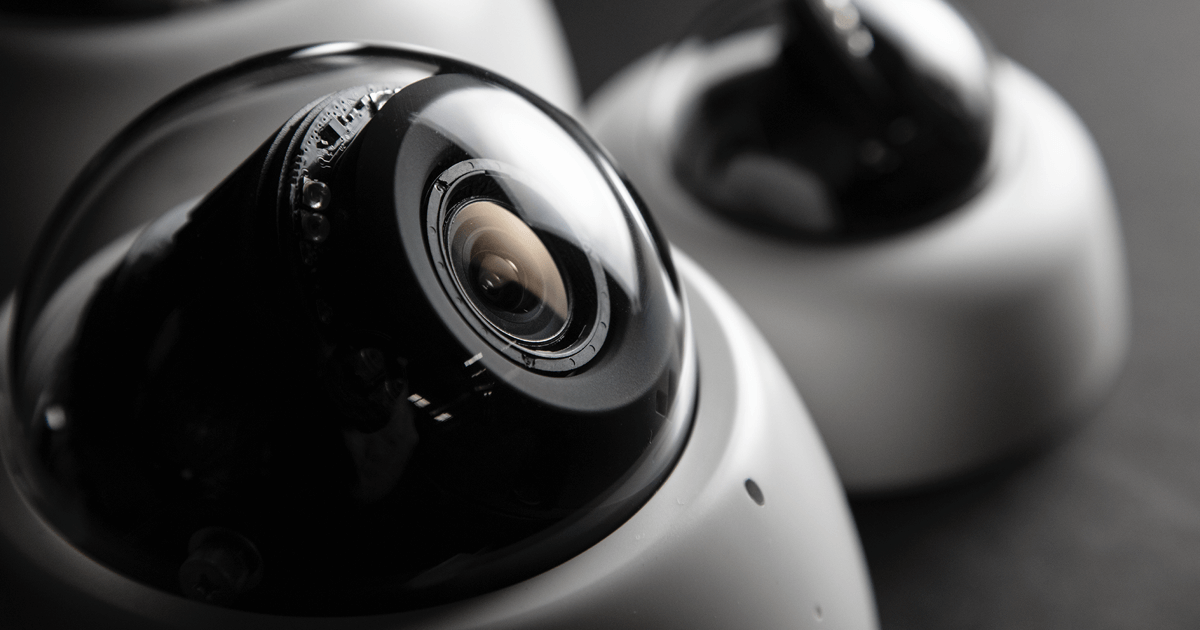
Range and Resolution
Bullet cameras are known for their long-range capabilities. Many models are equipped with high-resolution lenses that can capture clear images over greater distances. This feature makes them ideal for monitoring large areas such as backyards, parking lots, and long corridors.
Comparing Image Quality and Performance
When assessing the image quality and performance of dome versus bullet cameras, there are several key factors to consider, including resolution, sensor size, low-light performance, and field of view. Both styles of cameras can offer high-definition video resolution, but their performance in different environments and situations can vary based on these aspects.
Resolution and Sensor Size
Resolution is a critical metric for the image quality of any security camera. It determines the level of detail that the camera can capture. Both dome and bullet cameras are available in various resolutions ranging from standard definition to 4K ultra-high definition. The sensor size also plays a significant role, as larger sensors can capture more light and provide better image quality, especially in low-light conditions.
Low-Light Performance
In scenarios where lighting is suboptimal, the camera’s ability to produce a clear image is paramount. Many dome and bullet cameras are equipped with features to enhance low-light performance, such as larger apertures, infrared (IR) illumination, and advanced image processing technologies like noise reduction.
Bullet cameras often have a distinct advantage in low-light settings due to their larger housing, which can accommodate more powerful IR LEDs and thus provide better night vision capabilities. However, advances in sensor technology have allowed dome cameras to close this gap significantly.
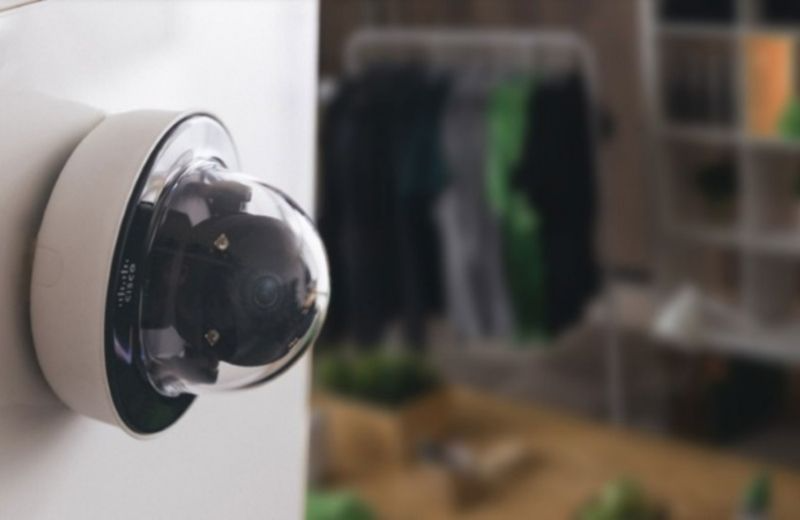
Field of View and Lens Options
The field of view determines how wide an area the camera can capture. Dome cameras often have a wider field of view, which makes them suitable for monitoring large areas where broad coverage is needed. Some dome cameras offer varifocal lenses that allow the user to zoom in and out without losing focus, providing flexibility in setting up the desired field of view.
Bullet cameras, on the other hand, traditionally have a narrower field of view, focusing on longer distances. This makes them more suited for monitoring specific points like perimeters or gates where a focused view is necessary.
Weather and Vandal Resistance
Outdoor cameras must withstand various environmental factors, including rain, snow, dust, and extreme temperatures. Bullet cameras are typically designed with a robust casing and often come with a sunshield to protect against direct sunlight and precipitation. These features contribute to their durability and longevity in outdoor settings.
Dome cameras, with their enclosed design, are inherently more resistant to vandalism. Their dome-shaped cover often features tamper-proof screws and a sturdy construction, making it difficult to interfere with the camera. This attribute is particularly important in places where the camera may be within reach, such as low ceilings in public areas.
Video Analytics and Additional Features
Both dome and bullet cameras can be equipped with advanced video analytics, such as motion detection, line crossing detection, and intrusion detection. These intelligent features enhance the performance of the cameras by enabling them to respond to specific events and alerts.
Additionally, some cameras come with Wide Dynamic Range (WDR) capabilities, which are critical for scenes with varying light levels, such as entrances with strong backlighting. WDR allows the camera to balance the lighting in the video, ensuring that details are visible even in challenging lighting conditions.

Deciding Between Dome and Bullet Cameras
When deciding between dome and bullet cameras, the choice often comes down to the specific needs of the surveillance location.
Considerations for Businesses and Homeowners
Businesses that require discreet surveillance might prefer dome cameras for their less obtrusive design. Homeowners might lean towards bullet cameras for their deterrent effect and straightforward installation.
Assessing the Surveillance Environment
The environment where the camera will be used is a critical factor. Dome cameras are more suitable for environments where a wide-angle of view is needed, and the camera might be at risk of being tampered with. Bullet cameras are more appropriate for monitoring large, open spaces where long-range vision is required.
Final Thoughts on Dome and Bullet Cameras
Both dome and bullet cameras have their unique strengths and weaknesses. Dome cameras offer a subtle design with a wide angle of coverage and are well-suited for environments where camera visibility and tampering could be issues. Bullet cameras are more conspicuous and can provide long-range surveillance, making them ideal for deterring potential intruders and monitoring extensive outdoor areas.
When choosing between dome and bullet cameras, factors such as the desired visibility of the camera, the area to be going to surveil, and specific environmental conditions should all be taken into account. Both camera types have evolved with advancements in surveillance technology, ensuring they can meet diverse security needs with high-resolution imaging, infrared night vision, and weather-resistant features.
